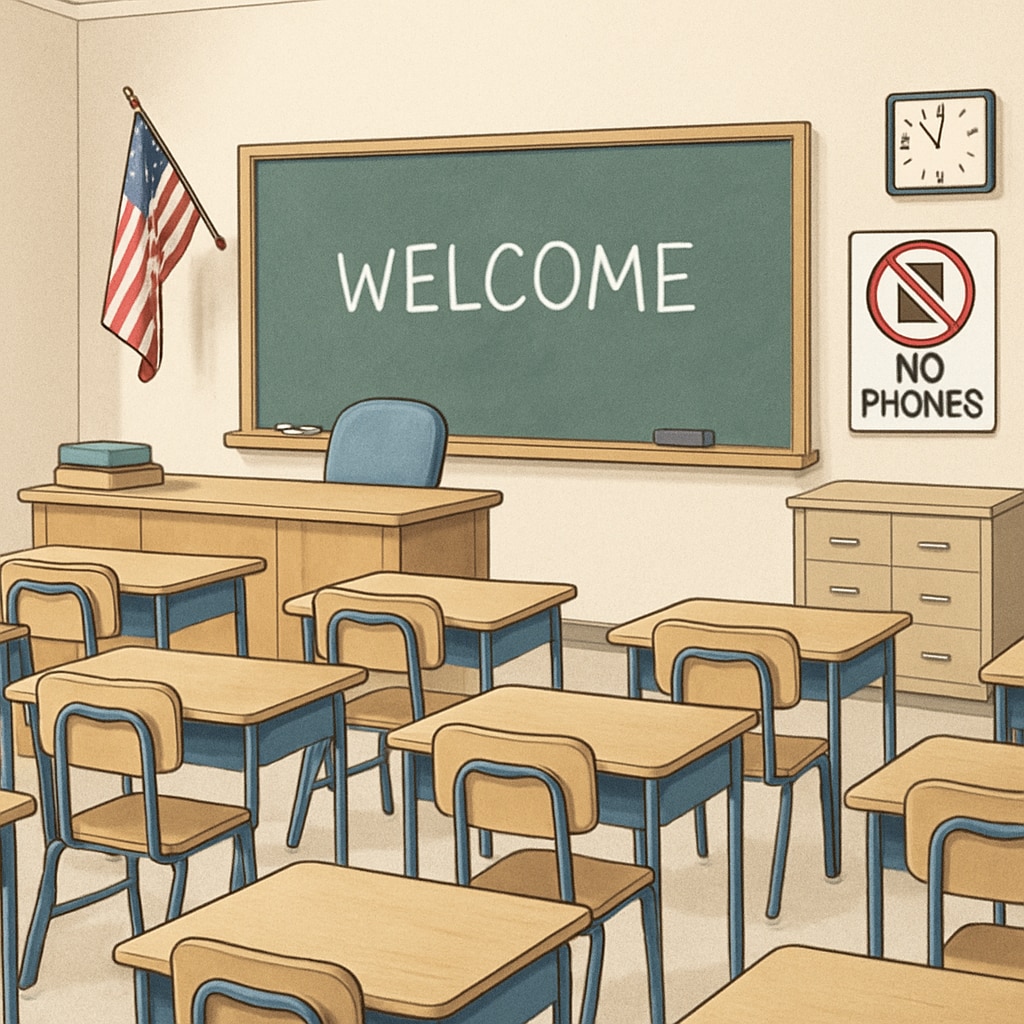The implementation of cell phone bans in US public schools has sparked significant debate among educators, parents, and students. These policies aim to reduce distractions, improve academic focus, and address issues like cyberbullying. However, the approaches taken by public schools often differ from those in private institutions, leading to varied reactions and outcomes. By examining these differences, we can better understand the challenges and opportunities presented by such policies.
Comparing Cell Phone Policies in Public and Private Schools
Public schools across the United States have increasingly adopted strict cell phone bans, citing research that links reduced screen time to better academic performance. These policies often prohibit the use of mobile devices during school hours, including lunch breaks and recess. Some schools even require students to store their phones in secure pouches to prevent unauthorized use.
On the other hand, private schools tend to adopt more flexible approaches. While some private institutions enforce similar bans, others allow limited use of cell phones for educational purposes or during designated times. This flexibility is often attributed to smaller class sizes, higher staff-to-student ratios, and the ability to incorporate technology into the curriculum more effectively.

Reactions from Students, Parents, and Educators
The responses to cell phone bans vary significantly among stakeholders. Many educators support the bans, arguing that they create a more focused and disciplined learning environment. Teachers often report fewer distractions during lessons and an increase in student engagement with traditional educational materials.
Parents are divided on the issue. Some believe that restricting phone use is necessary to improve their children’s academic performance and social skills. Others, however, express concerns about safety and the need to stay in contact with their children during emergencies.
Students, unsurprisingly, are the most vocal critics of these policies. Many argue that the bans are overly restrictive and fail to recognize the importance of digital communication in their daily lives. Some students also feel that these rules unfairly penalize responsible phone users while doing little to address the root causes of distractions in the classroom.

Balancing Technology and Education
While the debate over cell phone bans continues, it is clear that a one-size-fits-all approach may not be the best solution. Schools must find a balance between leveraging technology for educational purposes and minimizing its potential distractions. This requires collaboration among educators, parents, and students to establish guidelines that are fair, effective, and adaptable to individual school environments.
Additionally, schools can explore alternative strategies to address digital distractions. For example:
- Incorporating digital literacy programs to teach responsible phone use.
- Providing designated spaces or times for phone use to minimize disruptions.
- Using technology monitoring tools to ensure appropriate usage during lessons.
By adopting a nuanced approach, schools can create environments that support both academic success and the development of essential digital skills.
Conclusion
The ongoing debate over cell phone bans in US schools highlights the need for thoughtful and inclusive policymaking. While public and private schools often differ in their approaches, both face the challenge of balancing technology’s benefits with its potential drawbacks. By engaging in open dialogue and considering the perspectives of all stakeholders, schools can develop policies that promote learning while addressing the realities of a digitally connected world.
Readability guidance: This article uses clear subheadings, short paragraphs, and lists to enhance readability. It minimizes passive voice and incorporates transition words to ensure a smooth flow between sections.


